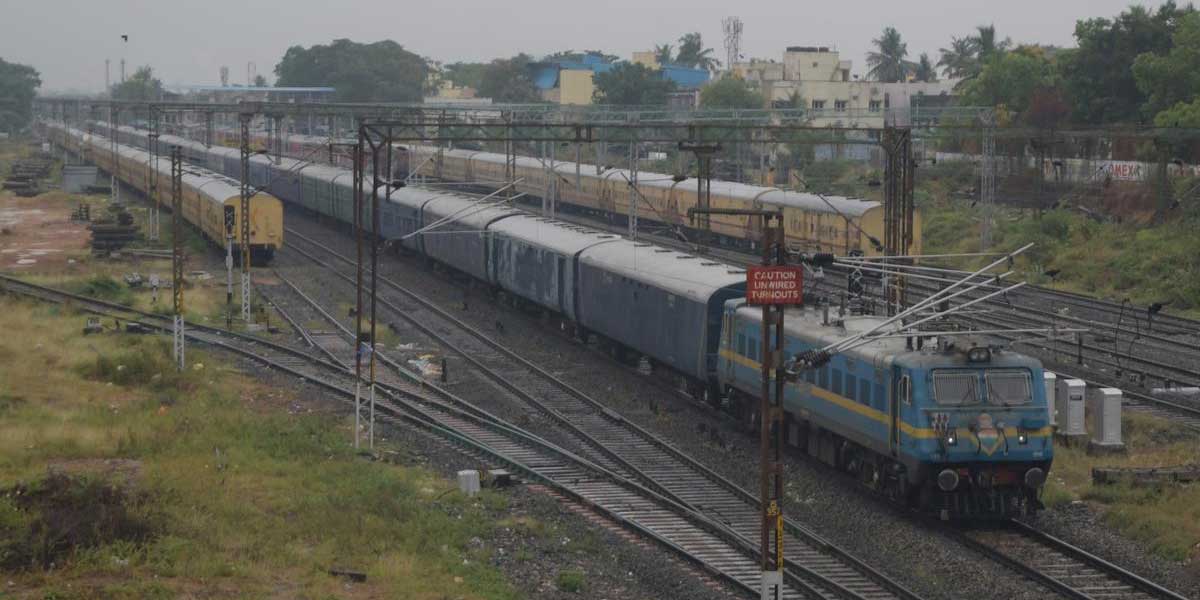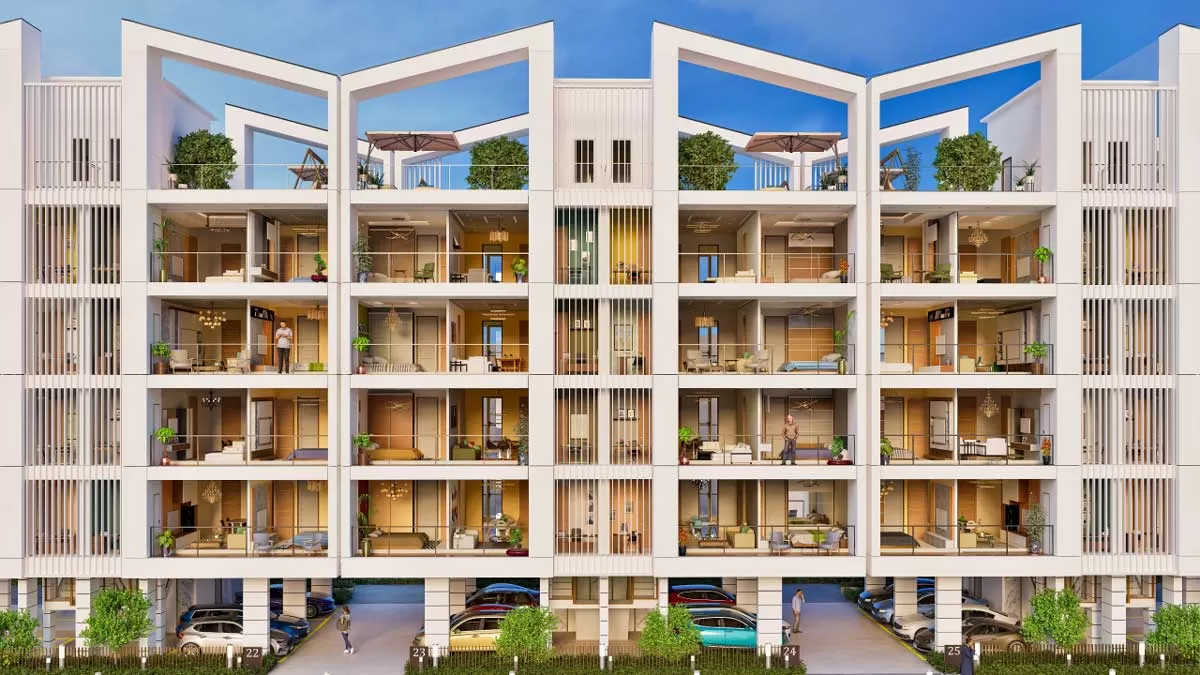
Indian Railways to revamp stations with new structures

Signature Global Awards Rs 5.6737 Billion Contract for Daxin Vistas
Signature Global (India), a leading real estate brand, has awarded construction contracts worth Rs 5.6737 billion (bn) for Daxin Vistas, an integrated township in Sohna, South of Gurugram. The announcement came during the Bhoomi Pujan ceremony, where the sample flat was also unveiled.The contracts were secured by B. L. Gupta Construction (P) Ltd. for Rs 4.82 bn to develop 2,792 independent floors in 36 months, while Shri Balaji Construction will execute external works, including sewage treatment, stormwater drainage, irrigation, and rainwater harvesting, for Rs 853.7 million.Lalit Kumar Aggarw..

SOCOMEC Unveils High-efficiency UPS Delphys XM & DIRIS A-100/A-200 Meters
Socomec, a leading global specialist in LV power management solutions, proudly announces the launch of its latest solutions – the DELPHYS XM, an advanced Uninterruptible Power Supply (UPS) system ranging from 300 to 800 kVA/kW, and the DIRIS A-100/A-200, the ultimate all-purpose panel-mounted power quality meters, specifically designed to meet the demands of modern Data Centres and other critical infrastructures. With the DELPHYS XM offering advanced power management capabilities and the DIRIS A-100/A-200 providing intuitive energy monitoring, these products are set to revolutionize how indu..

ASI Begins Underwater Archaeological Exploration in Dwarka
A team of five archaeologists from the Archaeological Survey of India (ASI), led by Prof. Alok Tripathi, Additional Director-General (Archaeology), has launched a new underwater exploration off the coast of Dwarka. The team, which includes H.K. Nayak, Dr. Aparajita Sharma, Ms. Poonam Vind, and Rajkumari Barbina, has chosen an area near the Gomati Creek for initial investigations. Notably, this marks the first time ASI has deployed a team with significant female representation for underwater research. The exploration is part of the revived Underwater Archaeology Wing (UAW) of ASI, which ha..














